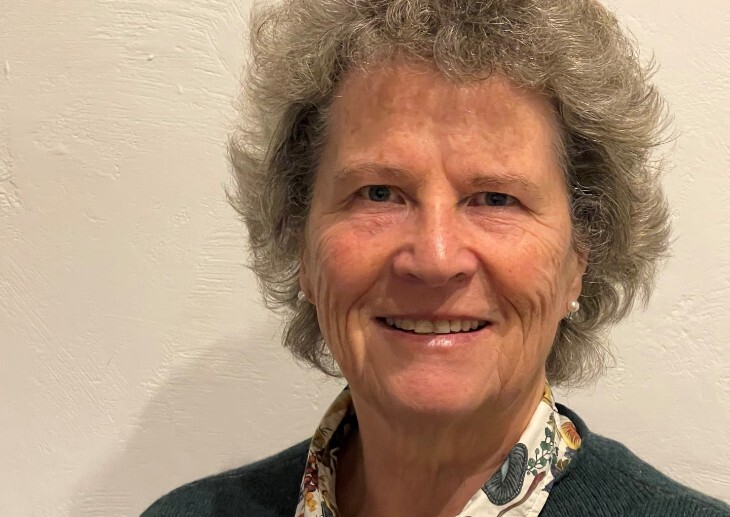Following the new Labour government’s ambitious NHS transformation centred around three shifts from ‘hospital to community, treatment to prevention, and analogue to digital,’ the upcoming NHS 10-Year Plan promises to set out their roadmap from which the NHS can build the future.
A significant element of this ambitious future echoes years of calls for a left shift resulting in better population health and a more sustainable NHS. This requires a more proactive approach acknowledging the wider determinants of health, addressing health inequality and moving care upstream before people’s needs escalate.
On the surface, there is longstanding consensus on the need for this. Yet despite some bright spots and pilots, we have seen little enduring progress. Much of the thinking to date has been top down and focused on translocating services rather than transforming systems. The tactical lens has been set on moving activities out of hospitals into community settings, often framed in nostalgic terms about the good old days of general practice or district nursing.
But this misses the point. We are still looking at the challenge through the narrow window of service provision. The left shift we need is not simply geographic; it is conceptual. It is not about transplanting today’s models into new settings. It is about changing the purpose, metrics and methods of support altogether.
If we are serious about population health, we must think differently about who leads, what we measure and how we design support for people and communities.
With this in mind, there are several foundational changes that the National Association of Primary Care (NAPC) considers the NHS 10-Year Plan needs to effectively address to embed population health in a way that is transformative, sustainable and measurable.
Redefining the left shift
The left shift must be redefined as a population health focused transformation, not a service translocation. While it includes providing care earlier and closer to home, it also encompasses supporting people to stay well and preventing the need for care in the first place across the whole spectrum of population health need.
Key enablers of delivery
To build the delivery model for this, NAPC consider the following elements must come together:
- Autonomous neighbourhood teams: Neighbourhood level teams, proactive and accountable for a defined population, must be empowered to lead. The system should not push delivery into the community while holding tight to power at the centre. It must trust frontline teams with shared purpose, real autonomy against clear objectives and the necessary support for them to master effective team working in partnership with their communities.
- Interdependent shifts, not isolated tactics: There is a danger in implementation that the three transformational shifts are treated as parallel ambitions. In real world application they are mutually dependent. For example, more community-based care cannot succeed without shifting our focus from treatment to health creation and prevention cannot scale without digital infrastructure.
- A new measurement framework: What gets measured shapes what gets done. If the left shift is to mean anything, it must be tracked using population health focused metrics that matter to people and drive improvement. These metrics must apply across all sectors so that everyone in the NHS sees themselves as contributing to population health, even if that simply means collaborating better with partners. These include shifting emphasis to population health indicators such as:
- Metabolic health markers for all, e.g. HbA1c, blood pressure and BMI
- Healthy life years
- Person agency, including confidence, capability and support to self manage
What the 10 Year Plan needs to include
To make this happen, the NHS 10-Year Plan needs to include:
- Reframing the left shift as health creation at every level, not just service relocation
- Investing in Integrated Neighbourhood Teams with the autonomy, data, tools and relationships to lead population health locally
- Embedding digital infrastructure that enables proactive, personalised and efficient care, and supports people in their homes and communities
- Aligning workforce development to build multi professional teams based on local population health need, focused on health and wellbeing, not just disease management
- Defining shared metrics that reflect what people value and what communities need, creating accountability for health, not just activity
The shift from ideas to action
This means thinking big but acting locally. National ambitions are important, but only local teams can deliver truly sustainable improvements in population health and NHS service delivery. They must do this working in partnership with communities and supported by central functions orientated around how best to enable them to succeed.
We have spent too long trying to manage the consequences of ill health more efficiently. It is time to invest in avoiding those consequences altogether. That is the true potential of a population health focused left shift. NAPC consider the 10-Year Plan must go beyond reconfiguring services. It must reimagine what good looks like and who gets to shape it. This is how we turn ambition into reality, from the neighbourhood up.






